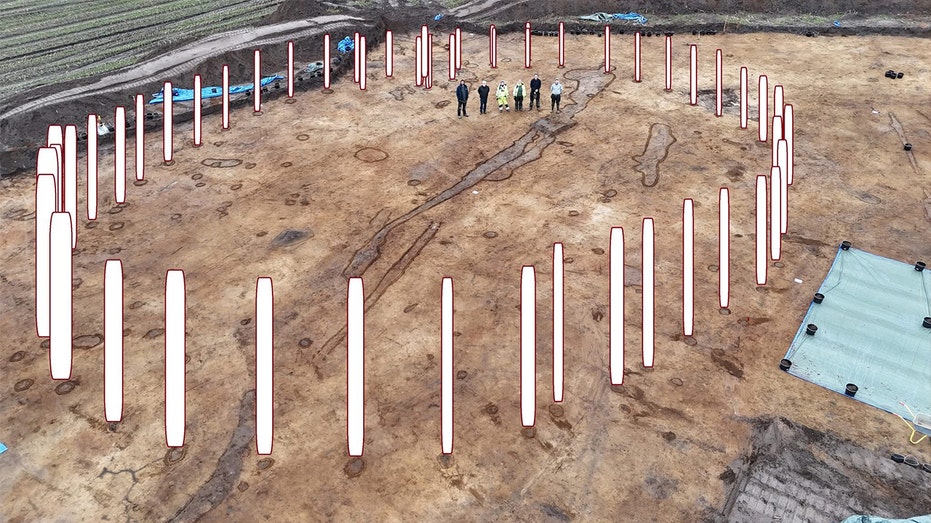- by foxnews
- 10 Mar 2025
‘Tangled mess of inaction’: hundreds of threatened species recovery plans expiring in next six months
‘Tangled mess of inaction’: hundreds of threatened species recovery plans expiring in next six months
- by theguardian
- 27 Nov 2022
- in news

Hundreds of plans for the recovery of threatened species will reach their use-by date in the next six months as the government considers how to reform Australia's flawed system of environmental protections.
Documents released to Guardian Australia under freedom of information laws detail how underresourcing, disagreement with state governments, and the growing list of species threatened with extinction have constrained the federal environment department's ability to get on top of a backlog of conservation work.
Environment groups said the material showed a "tangled mess of inaction" over the past decade and failure by past governments to update recovery plans every five years as required under national laws.
The environment department confirmed 372 recovery plans covering 575 species and ecosystems will sunset by the end of 2023 - 355 of those by the end of April.
They include plans for the northern and southern corroboree frogs and critically endangered birds such as the King Island scrubtit.
The 372 plans represent about 89% of all active recovery plans, which are legal documents that guide the management of threatened species and ministers must not make decisions that are inconsistent with them.
The attorney general, Mark Dreyfus, has the power to defer the sunset date of the legal instruments that give effect to the plans and, after a request from the environment and water minister, Tanya Plibersek, has done so for 15 that had been due to lapse in October.
Plibersek will soon deliver her response to the 2020 review of national environmental laws by the former competition watchdog head Graeme Samuel.
Changes to the management of threatened species recovery are expected to form a key part of that, with Plibersek saying past approaches were "not fit for the times".
Samantha Vine, the head of conservation and science at BirdLife Australia, said the documents released to Guardian Australia "reveal a systemic failure over many years to review and revise recovery plans every five years as required by the act".
"The result is that hundreds of recovery plans will reach their legislative use-by date within the next 12 months," she said.
"These documents show that Australia's extinction crisis has unfortunately been matched by a crisis in how the government has gone about implementing its legal obligation to act once a threatened species is listed."
When the Environment Protection and Biodiversity Conservation Act came into force in 2000, all listed species and habitats required a recovery plan.
Since 2006, whether or not a recovery plan is required has been a decision left up to the environment minister.
Many plants and animals now have another legal document, known as a conservation advice to guide their management.
A conservation advice has been considered a weaker document because it places fewer legal obligations on the government. However, it is quicker to update than a recovery plan.
For years, the environment department has struggled to address a backlog of overdue recovery plans, and in recent years climate-driven disasters have added to that workload by pushing more plants and animals on to the threatened list.
Briefs it prepared after Plibersek took on the portfolio in June state it had been dealing with a "heavy conservation planning workload" and "significant legacy issues", some of which predated the commencement of the EPBC Act.
The department "has been working to resolve this legacy issue since then", one brief states, and "there is no point to plans that sit on a shelf gathering dust".
Close to 200 plans were overdue before an assessment last year determined that hundreds of species previously identified as requiring plans no longer needed them and a conservation advice would be sufficient.
Shortly before the May election, the former environment minister Sussan Ley scrapped the recovery plan requirements for 176 species and habitats.
That act drastically reduced the number of plans that were overdue, which now stands at 28.
Sixteen out of the 28 were "on hold" with most delayed due to "resource constraints", according to department documents. In the case of a long-awaited recovery plan for the leadbeater's possum, it had been held up by ongoing talks with the Victorian government.
"Laid bare in the documents is that resource constraints is the reason behind so many decisions," said Nicola Beynon of Human Society International.
She said, however, the government chose to reform conservation planning, it must include "a massive injection of funds to do the job of turning around Australia's extinction crisis" and it was "about time Treasury grasped that fact".
Tim Beshara of the Wilderness Society said underresourcing "combined with obstructionism from the states has systematically stalled conservation planning and action".
"It's absolutely critical that this gets fixed and it's patently obvious that that is going to need leadership and funding," he said.
Plibersek said the system designed 20 years ago was not fit to address the multitude of threats to Australian wildlife, particularly climate change.
"As part of the government's response to Prof Graeme Samuel's review of the act, I will consider how statutory documents for our imperilled wildlife and places can be better targeted at conservation and recovery needs," she said.
Earlier this year the department established a taskforce to consider improvements to conservation planning.
A department spokesperson said reform was required and the government "is seriously considering how conservation planning can more effectively address new and changing pressures on wildlife and landscapes, and halt biodiversity decline".
- by foxnews
- descember 09, 2016
Ancient structure used for cult 'rituals' discovered by archaeologists
A Neolithic Timber Circle was discovered by archeologists in Denmark resembling the historical landmark Stonehenge in the U.K. It is open to be viewed by the public.
read more


